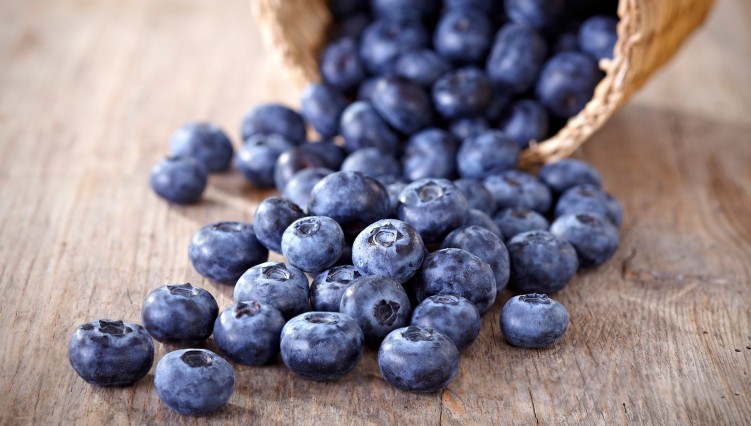California Blueberry Meets Online for Conference
Blueberry Industry Meets Virtually
By Tim Hammerich, with the Ag Information Network
Two California-based groups this week are holding a joint virtual conference and expo. The U.S. Highbush Blueberry Council and the North American Blueberry Council kicked off the four-day event on Monday.
Kasey Cronquist is president of the North American Blueberry Council
“Typically we would see 200-250 people join us for our in person meetings. This week we have had just about 1,000 people register to engage. That is just incredible,” Cronquist said.
Cronquist says the organizations viewed the inability to meet in person as an opportunity to bring the entire blueberry industry together.
“To kick off this four days of just thinking about the future ahead and inspiring possibilities, the timing couldn’t be better for this discussion. We felt like in unprecedented times for our countries, our communities, and our industry, this really just feels like an important opportunity to talk about vision,” she noted.
The event kicked off on Monday with leadership expert who literally wrote the book on vision, Mr. Michael Hyatt.
“I consider myself a blueberry enthusiast. So I have them almost every day. It’s one of the three fruits that are allowable under the keto diet. I’m just delighted to be with you. Anything I can do to help blueberry growers – awesome,” said Hyatt.















